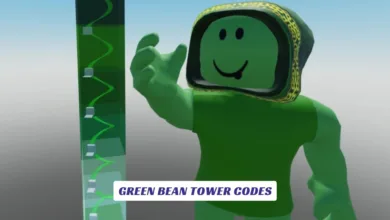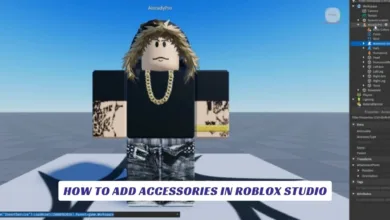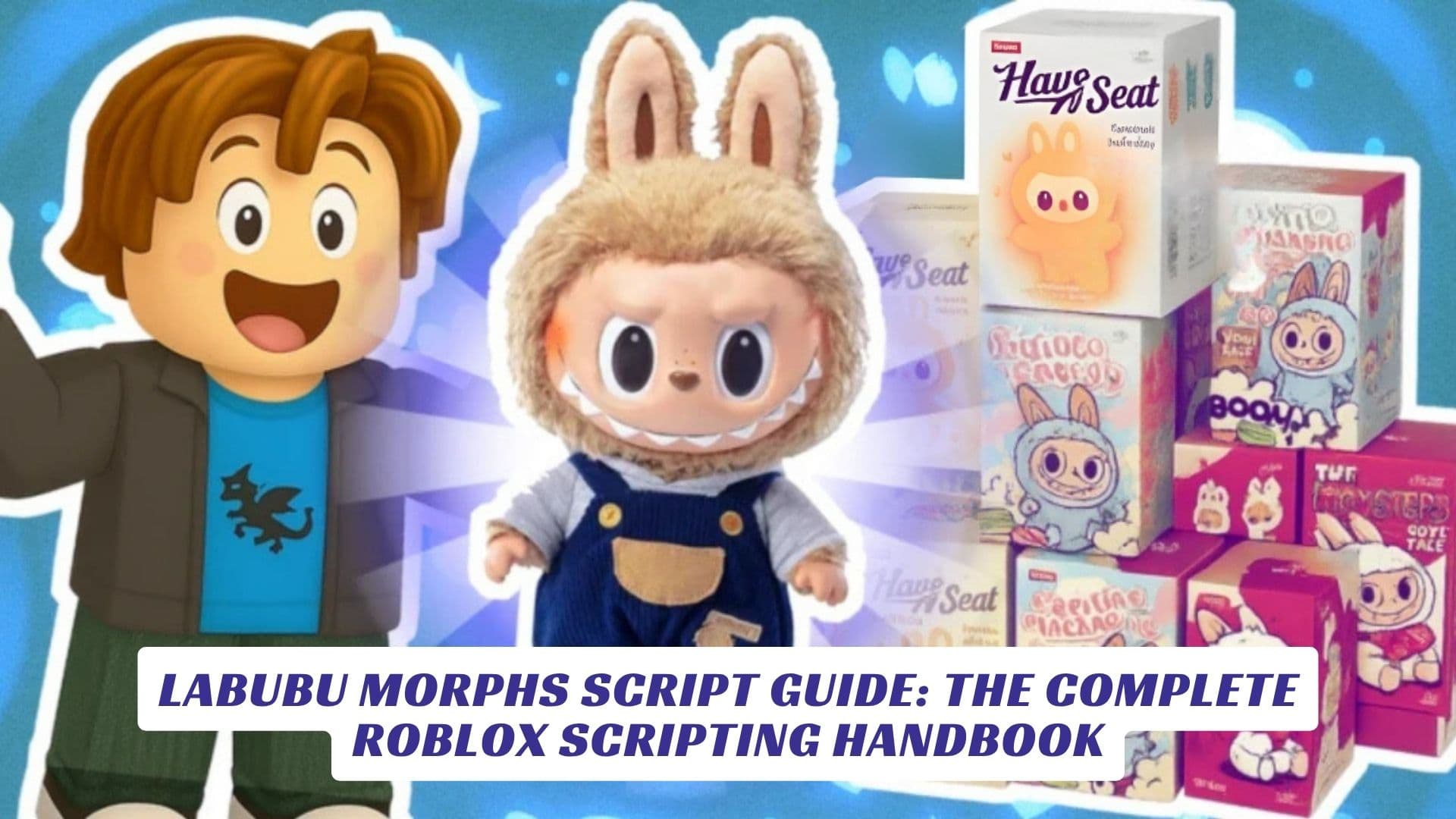
Contents
If you’re looking to elevate your Roblox gameplay and bring creative character transformations to life, the Labubu Morphs Script Guide is your essential resource. In this comprehensive article, we’ll explore everything you need to know about scripting for Labubu Morphs, including how to implement a morph script, best practices for smooth character transitions, and tips for customizing your morph experience. The Labubu Morphs Script Guide is perfect for both new and experienced Roblox developers who want to add dynamic morphing features, enhance player customization, and ensure seamless avatar changes within their games. We’ll cover key topics such as Roblox morph scripts, Labubu Morphs scripting, character transformation, morph module usage, and script optimization, all designed to help you create immersive and engaging morph mechanics for your players.
What Is a Morph Script in Roblox?
A morph script is a piece of code that allows players to change their avatar into a different model or character within a Roblox game. In Labubu Morphs, these scripts are used to let players transform into various Labubu characters, offering new looks, abilities, or animations. Morph scripts are fundamental for games centered around customization and role-play, making them a must-have for any developer aiming to add depth and variety to their experience.
How Do Labubu Morphs Scripts Work?
Labubu Morphs scripts typically operate by:
- Listening for a player’s request to morph (often via a button or GUI).
- Cloning the desired morph model from storage.
- Replacing the player’s current character with the new morph model.
- Ensuring the new character is fully functional (animations, controls, etc.).
- Allowing players to revert back to their original avatar if needed.
This process can be managed through server-side scripts for security and consistency, with optional client-side scripts for GUI and effects.
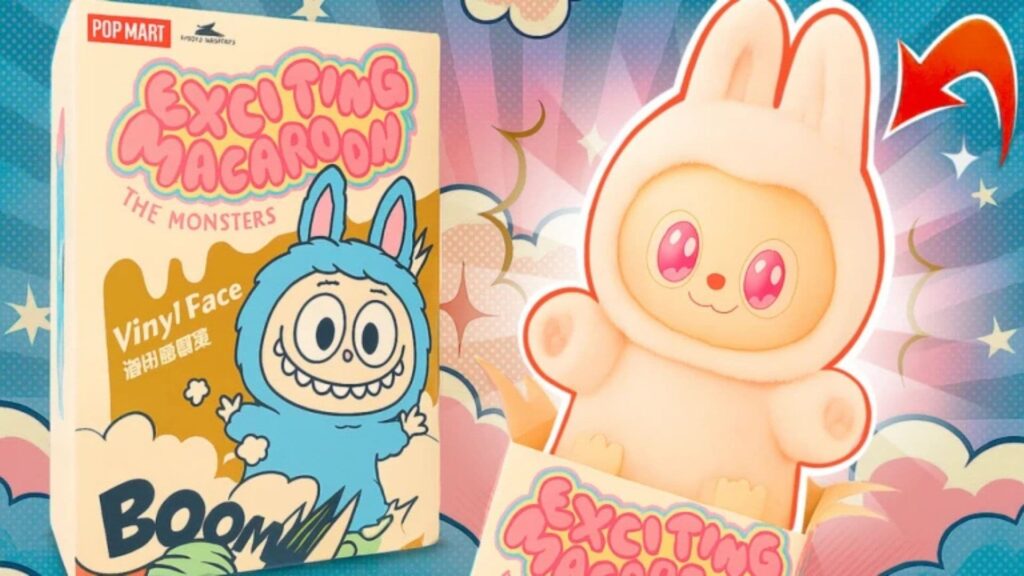
Example: Basic Morph Script Structure
Here’s a simplified example of how a morph script might be structured in Roblox:
lualocal MorphModule = require(game.ServerScriptService.MorphModule)
-- Morph the player into a Labubu character when a button is clicked
MorphModule.MorphPlayer(player, labubuModel)
-- Revert the player back to their original avatar
MorphModule.RevertPlayer(player)
This approach uses a module for easy integration and maintenance, letting you morph or revert players with a single function call.
Key Features of a Good Labubu Morphs Script
- Seamless Transition: The script should smoothly swap the player’s character model without glitches or delays.
- Animation Support: Ensure the new morph includes an Animator and all necessary scripts for movement and emotes.
- Reversion Capability: Players should be able to revert to their original avatar at any time.
- Customization: Allow for extra features, such as adding accessories or effects during the morph process.
- Security: Handle morphing on the server to prevent exploits and maintain game integrity.
Advanced Morph Script Example
For more advanced needs, such as preserving position and adding extras, a modular approach is recommended:
lua– Morph Module Example function MorphPlayer(Player, Model, Extra) if not Model then RevertPlayer(Player) return end local oldCharacter = Player.Character local newCharacter = Model:Clone() newCharacter.Name = Player.Name newCharacter.HumanoidRootPart.Anchored = false newCharacter:PivotTo(oldCharacter:WaitForChild(“HumanoidRootPart”).CFrame) Player.Character = newCharacter newCharacter.Parent = workspace oldCharacter:Destroy() — Add scripts and extras for _, script in pairs(game:GetService(“StarterPlayer”).StarterCharacterScripts:GetChildren()) do script:Clone().Parent = newCharacter end if Extra then for _, instance in ipairs(Extra) do instance:Clone().Parent = newCharacter end end end function RevertPlayer(Player, Extra) local oldCharacter = Player.Character local oldCframe = oldCharacter:WaitForChild(“HumanoidRootPart”).CFrame Player:LoadCharacter() local newCharacter = Player.Character newCharacter:PivotTo(oldCframe) if Extra then for _, instance in ipairs(Extra) do instance:Clone().Parent = newCharacter end end endThis script ensures a robust transformation system, supporting both morphing and reversion, and allows for extra customization.
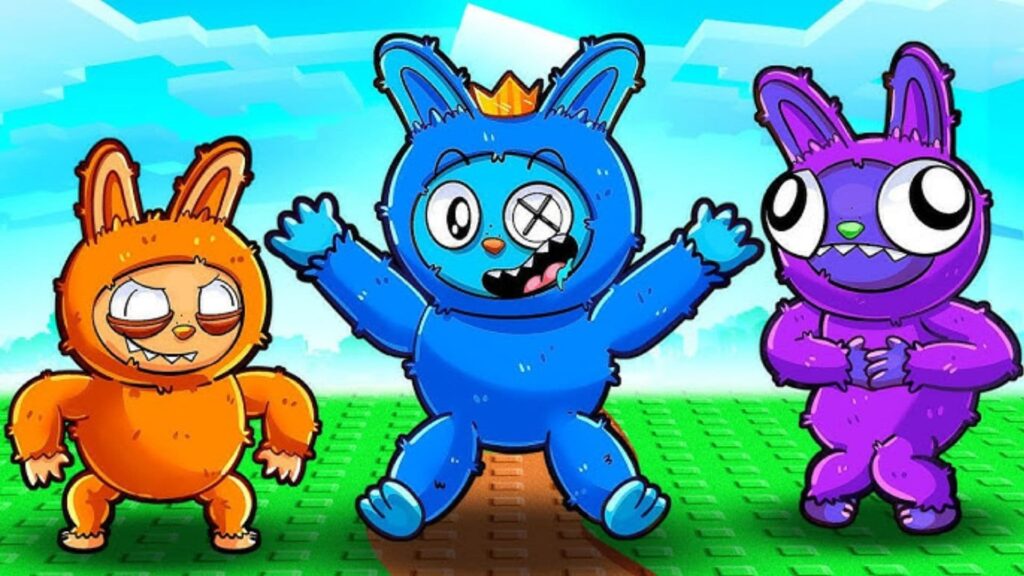
Best Practices for Labubu Morphs Scripting
- Use Modules: Organize your code with modules for easier updates and scalability.
- Check Model Rigging: All morph models should have a Humanoid and HumanoidRootPart, and be unanchored for smooth movement.
- Add Animators: For multiplayer compatibility, ensure an Animator instance is present under the Humanoid.
- Handle Events Properly: Use RemoteEvents for client-server communication, especially for GUI-triggered morphs.
- Test Thoroughly: Always test morphs for glitches, animation issues, and edge cases like player death or respawn.
Troubleshooting Common Issues
| Issue | Solution |
|---|---|
| Morph not appearing | Check model rigging and ensure it’s cloned correctly. |
| Animations not working | Add an Animator to the Humanoid and include animation scripts. |
| Player stuck after morphing | Ensure all scripts are re-added and character is unanchored. |
| Can’t revert to original | Use the RevertPlayer function and preserve the last position. |


